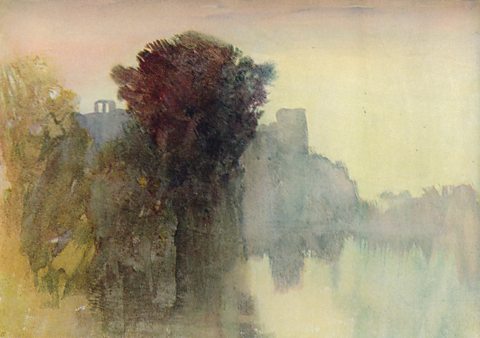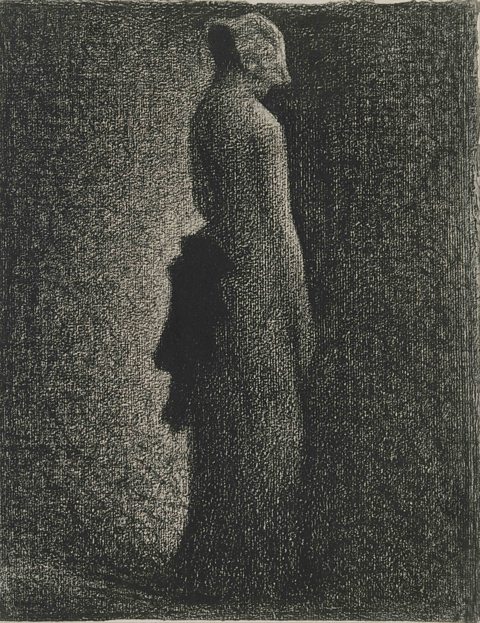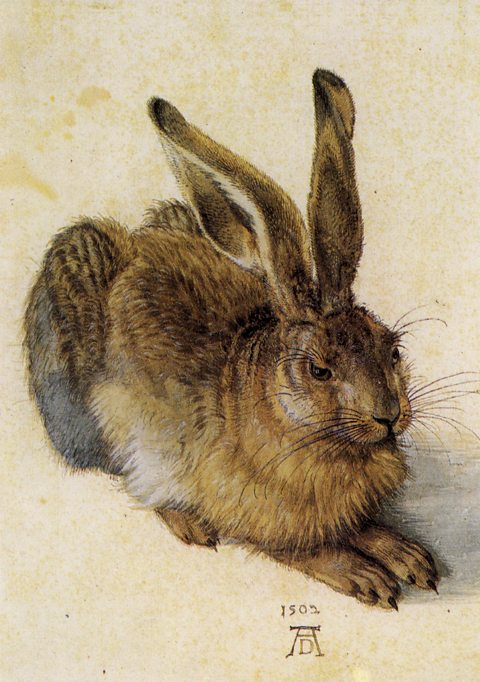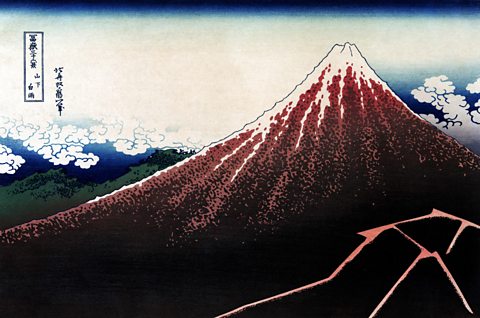Illusion of form


Two dimensional artworks cannot show real form.
The illusion of form can be created by using different tones that suggest different amounts of light hitting the subjects shown. This can fool the eye into seeing a three dimensional object.
The figure in The Black Bow (George Seurat, c.1882) appears three dimensional. The lightest tones suggest highlights on the woman's shoulder and arm and at the front of her hat. The tones gradually get darker further round the figure. The darkest tones are at the back. These suggest shadows at the base of her dress, in the small of her back and under the brim of her hat. These changing tones create the illusion of light hitting a real form.

Mixing tones

In paintings or pastel work, different tones can be created by mixing different colours together. Black, white and grey can be mixed to make varied tones in a monotoneA composition which uses only one colour. Often used to describe black and white compositions. piece. They can be added to a colour to create tintA mixture of a colour with white., shadeA mixture of a colour with black. and toneHow light or dark something is. Can also mean a mixture of a colour with grey..
In Watercolour of a Young Hare, (1502), Albrecht Durer mixes black, white and brown to show different colours of fur and to suggest patches highlights on the hare's eye, cheek and side of the nose. Single strokes of white suggest light hitting individual hairs on the animal's back. Black is used for shadows, for example under the mouth and between the front legs.
In watercolour paintings, adding different amounts of water can create paler, lighter tints.

Shading
Shading is used to create different tones in a drawing. A range of different techniques can be used to build up tones.

Hatching
Hatching involves building tone using lines. The thickness and number of lines and the distance between them creates the illusion of form. There are different types of hatching:
Hatching uses parallel lines.
Crosshatching uses lines that cross at different angles to each other.
Contour hatching uses curved lines that follow the form of a subject.
Head of Leda (Leonardo da Vinci, 1506) shows all three techniques. Hatching is used to shade the background, the side of the nose and eyelids. Crosshatching creates darker tones in the hair decoration at the side of the woman's head. Contour hatching suggests the curve of her forehead and throat.

Stippling

Dots can be used instead of lines to build up tone. This is called stippling. The size, number and distance between the dots will change the tones created.
In A Thunderstorm over Mount Fuji in Japan, (Katsushika Hokusai, early 19th century) dark brown dots build up as you move down the side of the mountain. The stippling increases and develops into a solid dark tone. Lines of lighter red-brown with less stippling stretch down towards the base. This suggests ridges catching the light.
